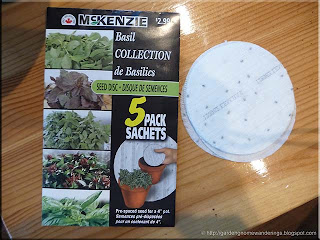Today is the last day of February, in a leap year no less. I can't believe the first two months of 2012 have flown by so fast! We normally have the furnace on late October to mid-April but this past winter has been extremely mild to a fault. Just last week a couple of farmers were talking in the local ER waiting room about the lack of cold weather, specifically a hard freeze. One said that the upcoming growing season would be adversely affected and he is quite correct. Winter wheat in particular will be affected by the lack of a hard freeze.
Our hard freeze usually happens in January followed by another cold snap in February and while we still may get a cold snap in March, it's doubtful this year. Unfortunately, lack of a hard freeze has had more than agricultural affects in our area with a lot of illness especially norovirus. We've had plenty of precipitation but little to no ice in the local waterways and standing water in the fields. The days are getting longer and the temperatures will soon be rising giving the mosquitos a head start on their season. On the plus side, home gardeners will be able to get their gardens in a bit earlier than the Victoria Day weekend, celebrated this year May 19 to 21. I'd say the ground will be workable by a good two weeks earlier meaning we will have an extended growing season this year. Predictions are for a hot, dry summer though so that will affect many home gardeners. Time will tell but at any rate I am in high gear starting seeds.
Happy Gardening!
Garden Gnome
©2006-2012
























